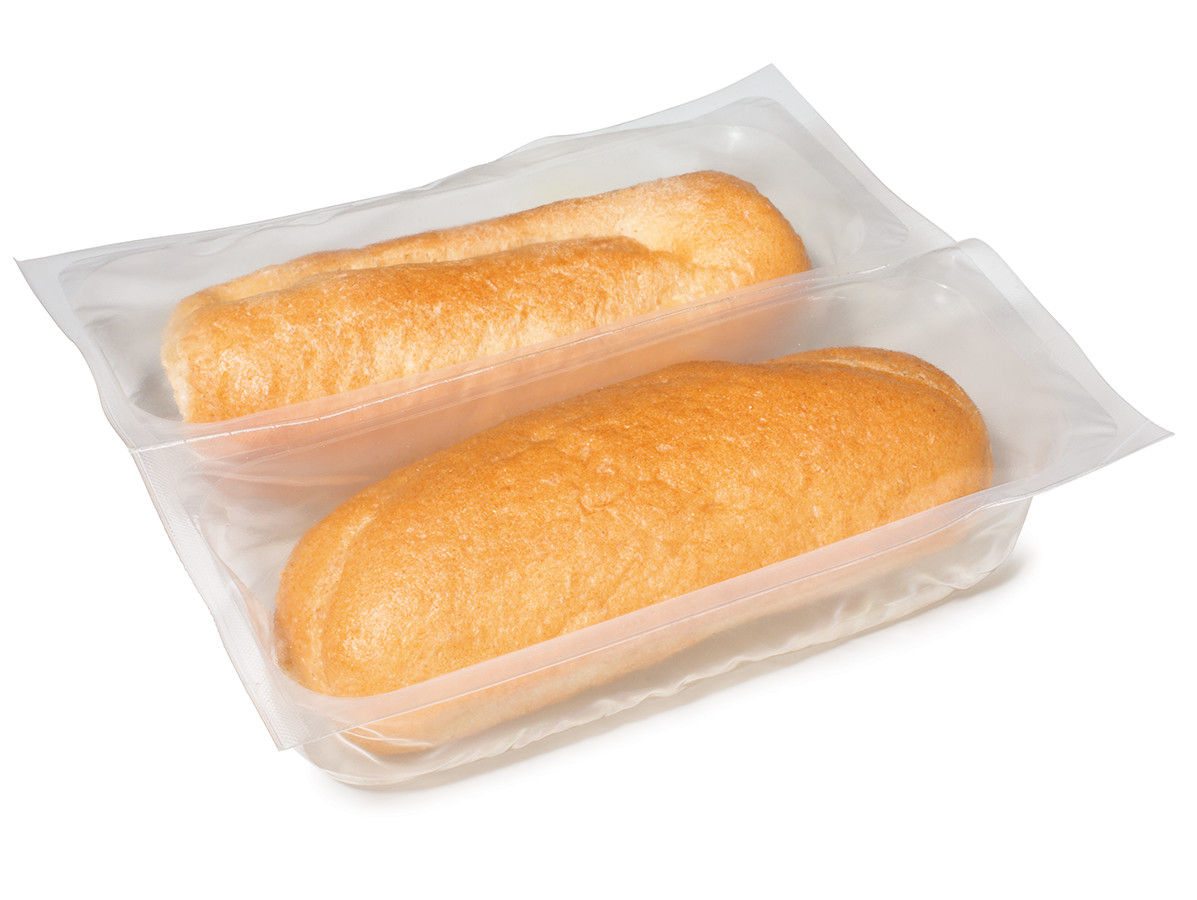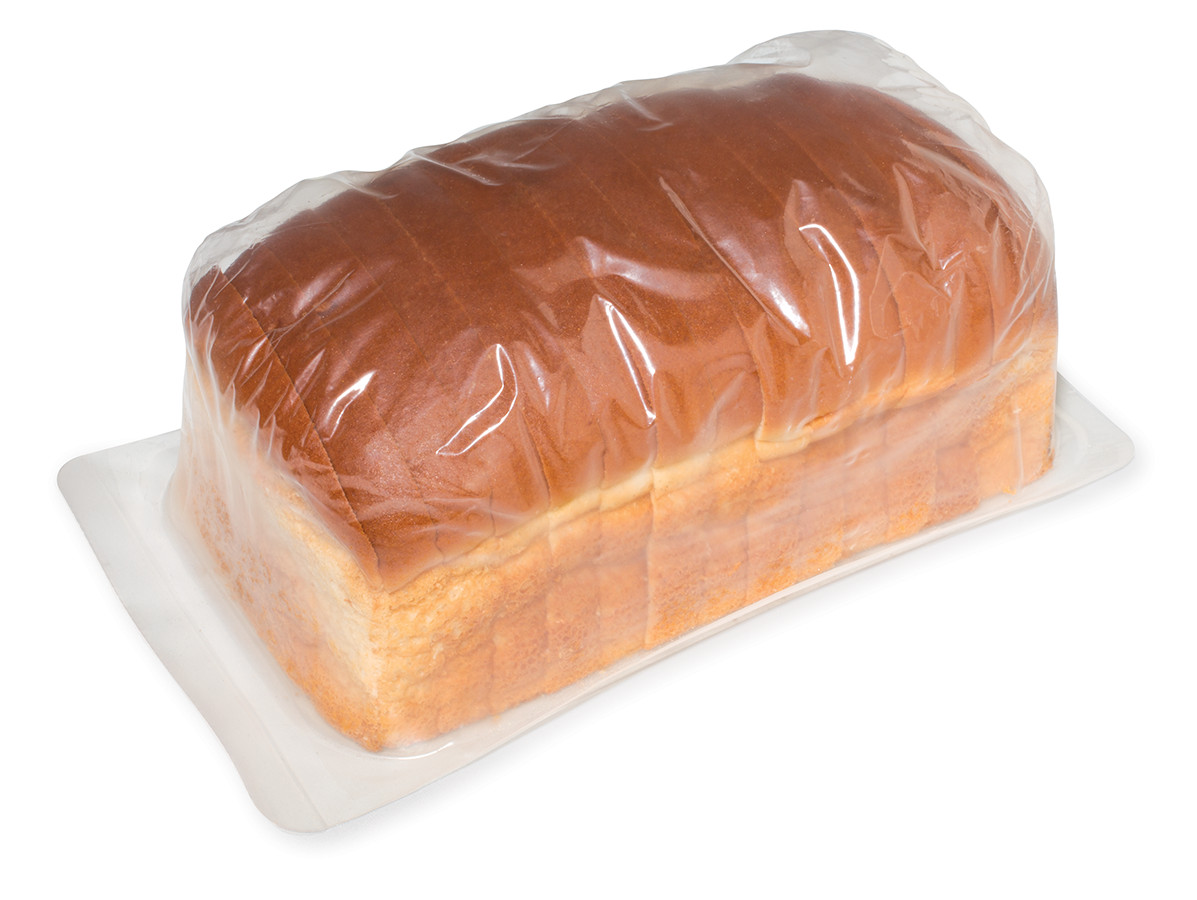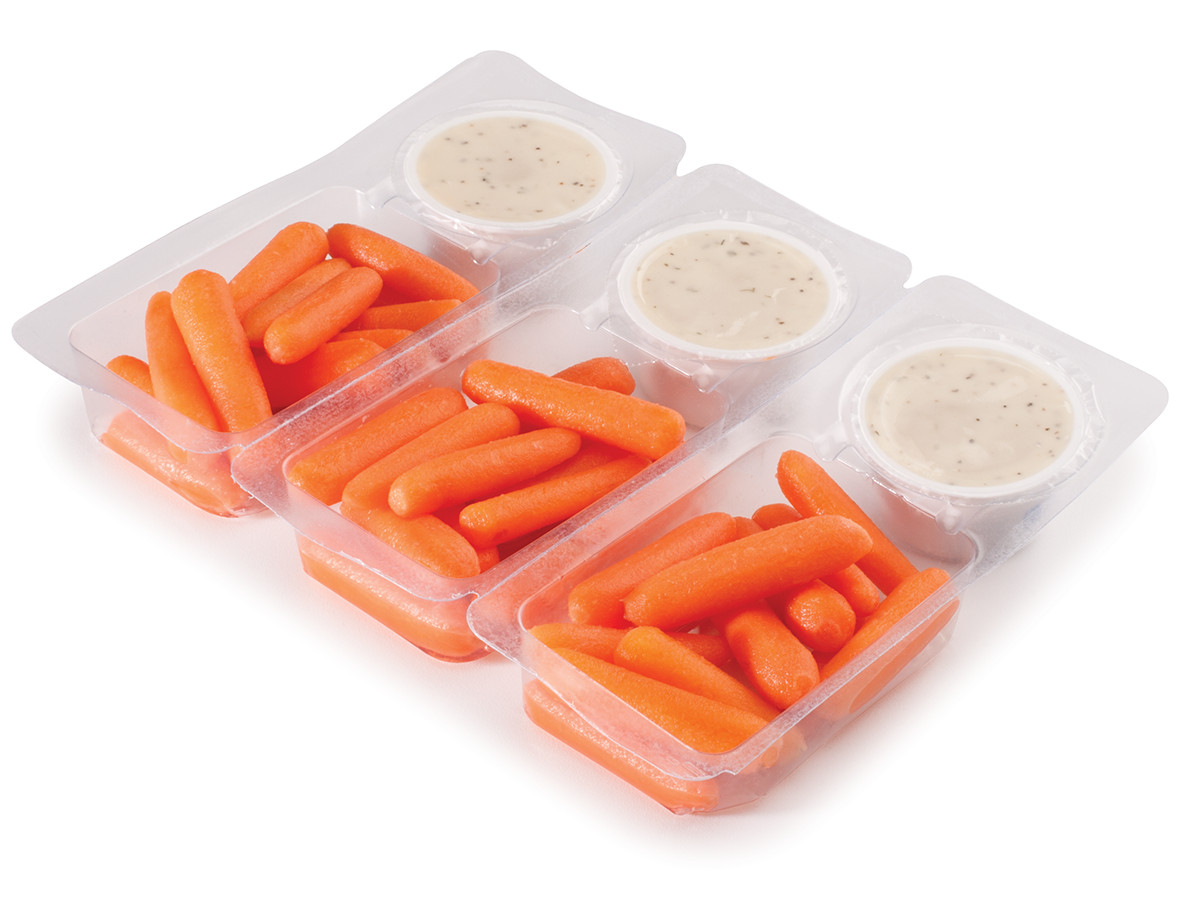
"For us, food safe packaging means that we help to control the packaging process flawlessly," says Wesley Pieterse of Repak Superior Packaging Solutions in Emmen. "Thanks to new, high-quality techniques, we always succeed in doing this better, while the costs remain controllable.
Who could have imagined that we could change our behaviour so quickly because of a virus? Repak Superior Packaging Solutions in Emmen recently even sold the first thermoformers after a virtual company visit and digital information. Food safety is perhaps higher than ever on the agenda, in which food packaging is an important aspect. This is no news to Repak; 35 years of developments show that food safety is always the constant factor.
According to Wesley Pieterse, food safety stands or falls by the grace of process controllability. "It goes hand in hand with a reliable process. We offer the food industry as much process reliability as possible. We are a crucial link because our machines have to ensure that every product is perfectly packaged and sealed. How this is done and using certain materials influences the shelf life of products".
Repak specializes in deep-draw packaging solutions. During this process, the bottom film is heated, moulded into a moulding tool to the desired packaging size and transported to the insert zone for filling. The atmosphere is then regulated, usually by vacuuming or using a gas mixture. Immediately after this, the packaging is sealed with a top film to seal it hermetically.

Uniquely, Repak uses Rapid Air Forming to form the bottom film. "In addition, we use techniques that ensure that you can still achieve the same quality of packaging after thousands of sealing cycles. Process reliability is determined by the sum of details. Seemingly small design choices ensure quality. We design and produce everything in-house and have some smart solutions that contribute to good process control. The pressure distribution of the sealing station is unique and ensures the best seal quality at all times, even after countless hours of operation".
The weak spot in many packages can be found in the edges. "A poor film thickness distribution creates weak spots," explains Pieterse. "Traditionally, vacuum-forming is used to pull the foil straight to the corners, which causes the foil to become very stretched and therefore very thin in those areas. If a foil is stretched incorrectly, a sometimes invisible breakage occurs which ultimately affects its shelf life. With Rapid Air Forming we do the opposite; we create air bubbles in the corners so that the foil cannot go there and we first pull the foil to the flat sides. As a result, the film thickness in the corners is considerably higher and the chance of leaks in the corners is minimised. Sometimes a 20 to 25 percent thinner film can be used for the same result. In addition to more food safety and longer product shelf life, Rapid Air Forming also results in environmental and cost savings".

Film suppliers are working hard on alternative packaging materials. As a machine manufacturer, Repak supplies knowledge and expertise to knowledge institutes and market parties, and many customer-specific tests are carried out in the Experience Center. One of the most important criteria is that the carbon footprint reduction is not at the expense of the desired shelf life of a product. Also, the amount of CO2 required to produce a piece of meat must not increase unnecessarily due to incorrect packaging. Pieterse sees positive developments in monomaterials. "They now seem to match the current shelf life standards. But not only the technique is important. The perception of consumers also plays a role. Do they accept 'thinner' packaging? Our customers are regularly called by consumers with questions about their packaging. We must continue to think along with them as a partner".
Ultimately, the shelf life of a product is determined by the quality of the packaging. That quality depends on the packaging materials themselves and how they are processed. "In fact, packaging is ballast, necessary for the protection, shelf life and appearance of a product. Packaging should not cost more energy than producing food and food products. The ratio must be right. To check this ratio and other crucial points in the packaging process, we currently offer food companies free analyses of their current packaging process and a trial of what a packaging could look like. The customer's needs are leading. Because we never cut back on the quality of our machines, and because we remain open to new techniques and materials, we can guarantee rock-solid Dutch quality and work towards a future that we are happy to pass on to future generations".
Photos: ©Repak
Source: © Vakblad Voedingsindustrie 2020